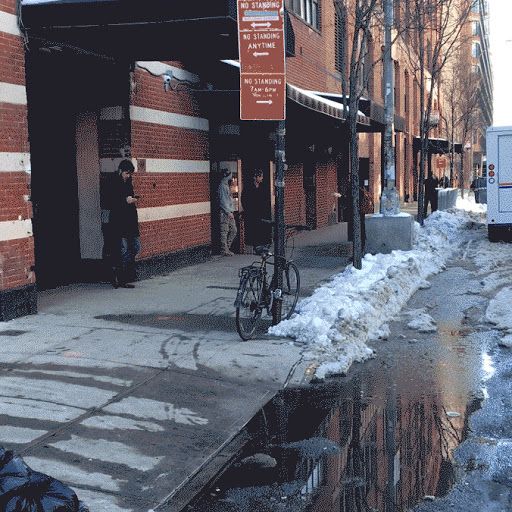Year: 2018

Does Aging Have a Reset Button?
Part of Vittorio Sebastiano’s job is to babysit a few million stem cells. The research professor of reproductive biology at Stanford University keeps the cells warm and moist deep inside the Lorry I. Lokey Stem Cell Research Building, one of the nation’s largest stem cell facilities. He’s joined there by an army of researchers, each with their own goals. His own research program is nothing if not ambitious: He wants to reverse aging in humans.
Stem cells are the Gary Oldman of cell types. They can reprogram themselves to carry out the function of virtually any other type of cell, and play a vital role in early development. This functional reprogramming is usually accompanied by an age reset, down to zero. Sebastiano figures that if he can separate these different kinds of reprogramming, he can open up a whole new kind of aging therapy. Nautilus caught up with him last month.

Will America yield its position as the world’s leader in science and technology?
Finally, are we prepared to expand science and technology opportunities for all Americans? The United States has only 5 percent of the world’s population. To stay ahead, we’ll need to use all our assets. That means leveling the barriers for women in science and engineering, and closing the participation gap for underrepresented minorities. It also means expanding tech-driven prosperity beyond the two coasts. Pittsburgh’s success is a proof of principle, but we need to nurture at least a dozen new tech hubs across America, anchored by leading universities.
We need clear answers to six big questions.
To begin, do we care if China surpasses America as the leading spender on research and development? In 2000, China and the United States accounted for roughly 5 and 40 percent, respectively, of global R&D. In 2015, the figures were 21 and 29 percent. At this pace, the lines will cross before 2020. While the average quality of American science remains higher, that gap is closing too.
To be clear, being the global hub of innovation isn’t about bragging rights. It’s about the prosperity that comes with it.

The Case for Free Money
A major conservative publication, The Weekly Standard, has published a positive Cover story about Basic Income, as a way to reign in entitlements and deal with automation. My California libertarian governor campaign gets a brief mention in it. Over 100,000 print copies out this week.
At first blush, universal basic income sounds like something dreamed up on a California commune or in a late-night college bull session. The idea: Just give people money. Ask nothing in return. Impose no requirement to work or to look for work. And don’t just give taxpayer money to people living in poverty, give it to everybody—from gazillionaire to gig-worker—no questions asked.
Yet universal basic income is an idea that is having its moment. Enthusiasm for a government-guaranteed income for all seems to be percolating across the country. Groups backed by Silicon Valley luminaries are forming to devise political strategies. Hillary Clinton’s presidential campaign flirted with the idea.


Generalized Hardy’s paradox shows an even stronger conflict between quantum and classical physics
By building the most general framework for the n-particle Hardy’s paradox and Hardy’s inequality, the results of the new paper provide a stronger Hardy’s paradox, and can also detect more quantum entangled states. As the success probability for the three-qubit generalized Hardy’s paradox reaches 0.25, the researchers are very hopeful that it will be observed in future experiments. Credit: Jiang, et al. © 2018 American Physical Society In 1993, physicist Lucien Hardy proposed an experiment showing that there is a small probability (around 6–9%) of observing a particle and its antiparticle in…




Could Klotho Treat Dementia
Researcher Dr. Dena Dubal, from the University of California San Francisco, is considering a new approach to combat neurodegenerative diseases, such as Alzheimer’s disease and dementia, using a protein known as klotho.
Aging is the foundation of age-related diseases
Instead of trying to understand each of these diseases and the complex mechanisms unique to both, she considered what all these conditions have in common; the answer, of course, is aging.